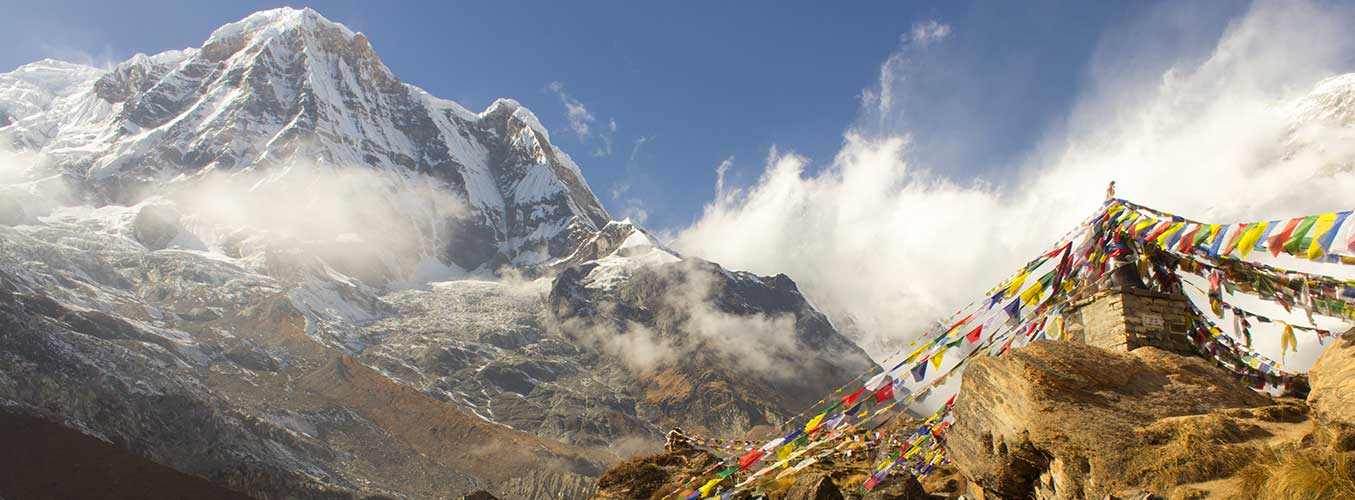What is Altitude Sickness and why should you avoid it?

Trekking in Nepal is one of the favorites leisure activities which truly doesn’t need any kind of appraisal from an individual. Nepal lies in such a unique place where the geography itself has cultivated the diversification of nature, culture, people and regions. So much so that the greatest mountain range of the world – the Himalayas are located here. This means that adventure enthusiasts from all over the world hurdle up in huge numbers each year just to witness the magnificence of the Himalayan mountains.
World’s highest mountain, Mt. Everest is located in Nepal which has a high elevation of 8,848 meters above sea level. This makes it a prime source of attraction that allures thousands of foreigners from different parts of the world which includes famous alpinist, mountaineers and explorers who love wandering into treacherous places for a thrill of their life. But with that comes the threats of trekking at a very high altitude which can’t be neglected if you are complete and survive the ruthless aspects of high altitude trekking.
Altitude is a major concern if you are thinking about trekking in Nepal above 3,000 meters above sea level. It means that there are several destinations which can make the overall journey more difficult and perilous for the advent travelers including places like Everest Base Camp, Annapurna Base Camp and Kanchenjunga Base Camp. With the gain in elevation, there’s comes a risk factor that the required amount of Oxygen molecules doesn’t enter into the human body as the air density decreases dramatically. Therefore, many amateur travelers succumb to Altitude Sickness while venturing off to some high-altitude places like EBC and ABC in Nepal.
Just consider this, Everest Base Camp which is base camp of the world’s highest mountain from where many mountain climbers begin their dreams of summitting the peak, lies at 5,380 meters (17,600ft) above sea level on the south side of Everest in Nepal. And the very next most popular trek destination which is the Annapurna Base Camp lies at a high elevation of 4130 meters (13549ft) above sea level. So, anyone who has spent most of their life at a low elevation near sea level, their body might not be prepared to handle these kinds of elevated places.
In time trekking at high altitudes normally causes lack of oxygen in the body of trekkers due to which they get altitude sickness. Therefore, we recommend and advise trekkers to prepare themselves before heading to off to higher elevated destinations in Nepal.







